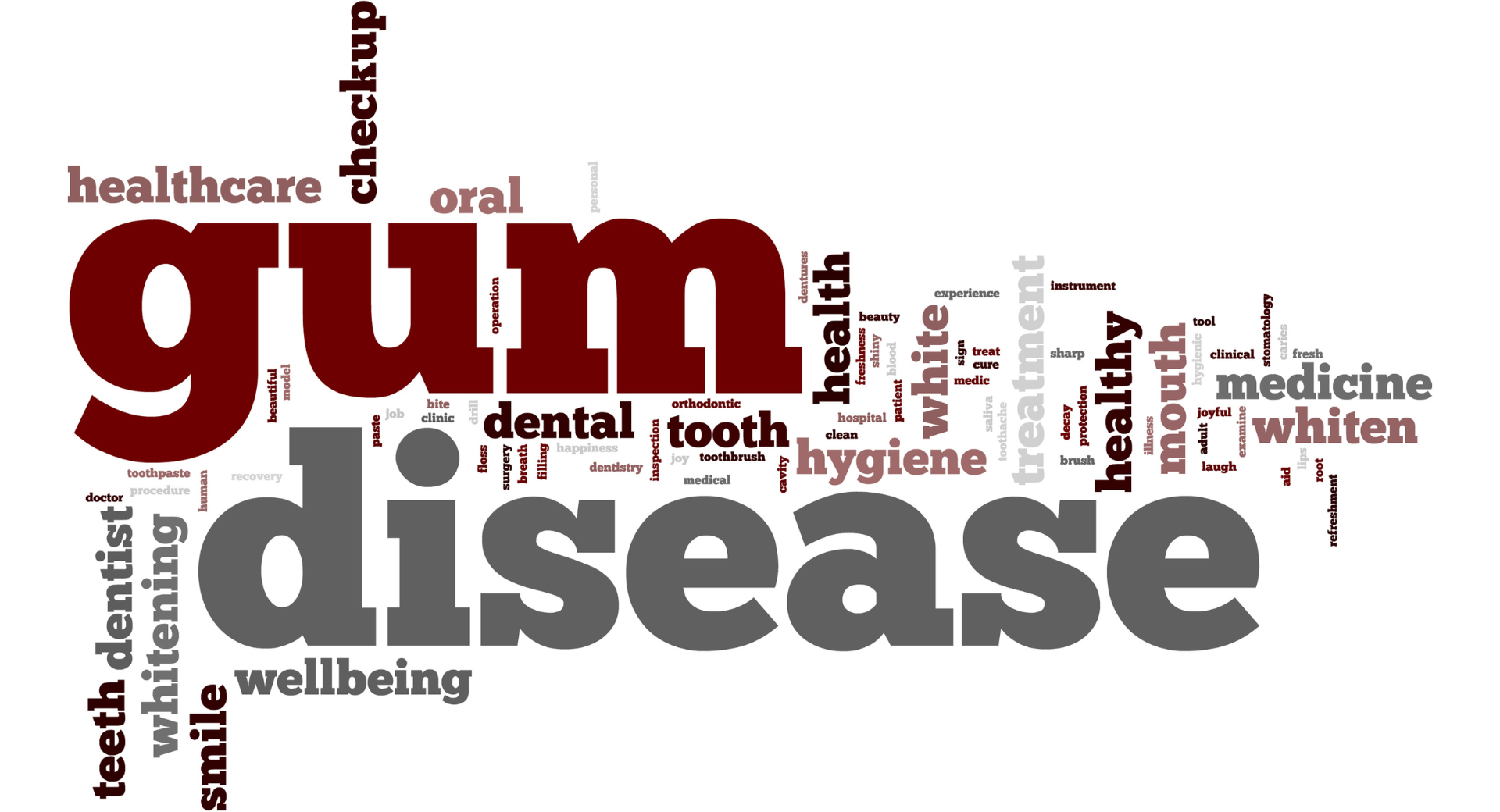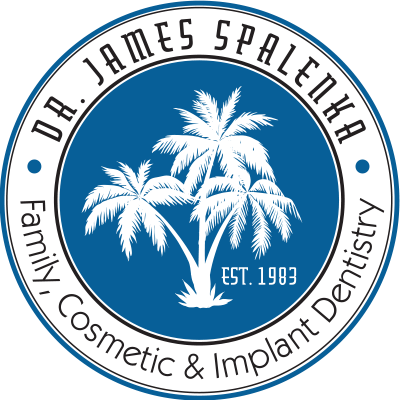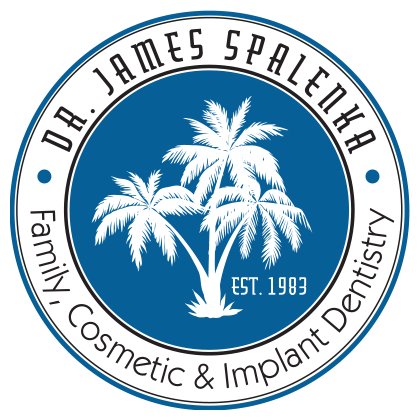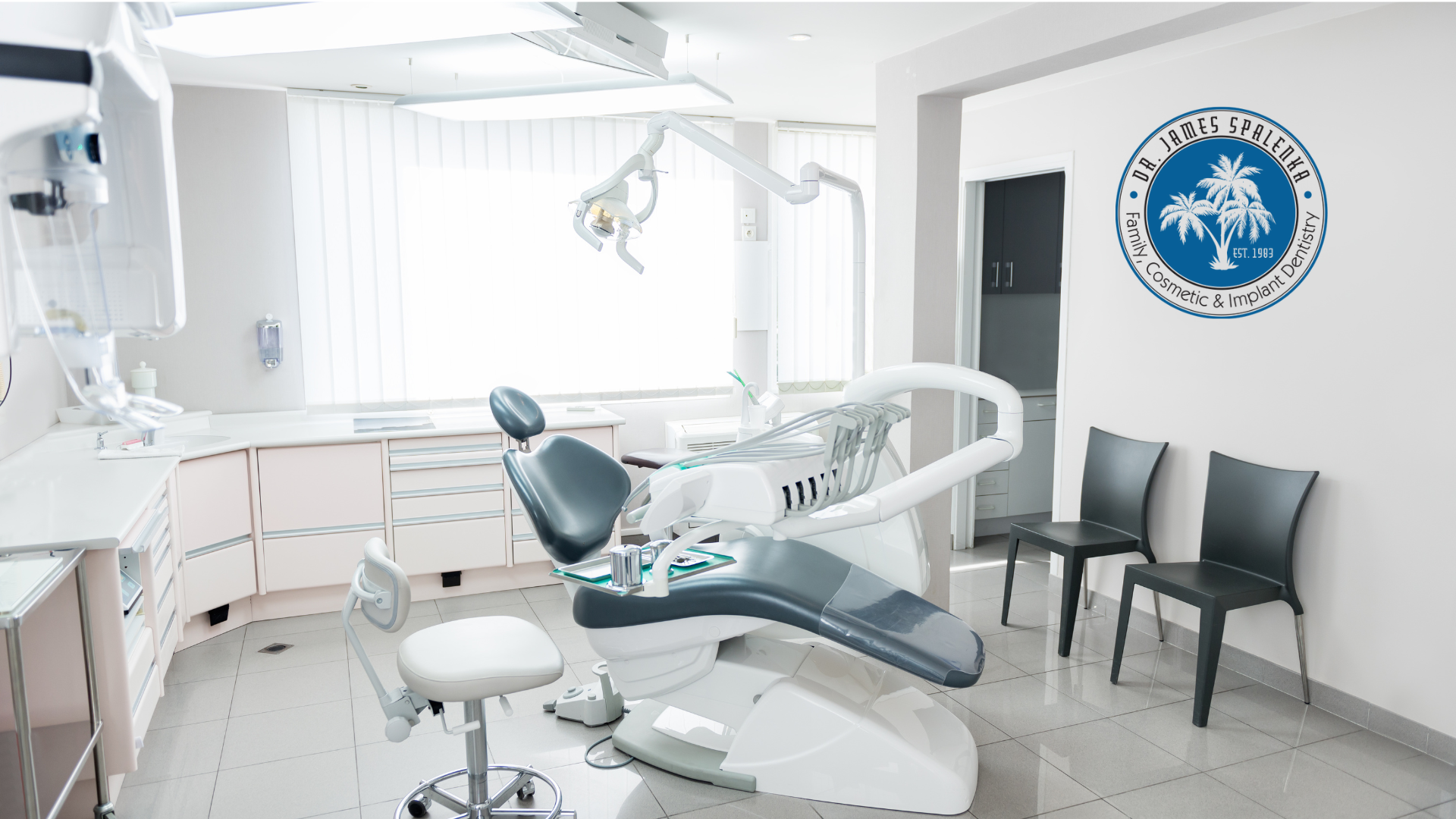The Silent Danger: Understanding Gum Disease and Its Treatment
Did you know that gum disease affects nearly half of adults over 30 in the United States? That's Right! According to the Centers for Disease Control and Prevention, approximately 47% of American adults have some form of gum disease known as periodontal disease.
Yet, despite its prevalence, gum disease is often called the "silent danger" because many people may not even realize they have it until it has advanced to a more serious stage.
Gum disease
is a serious condition that can significantly impact a person's oral and overall health. Left untreated, it can lead to tooth and bone loss and even increase the risk of specific health problems like heart disease and diabetes. This is why it's so essential to understand gum disease and its treatment options.
This blog will explore the different stages of gum disease, from gingivitis to advanced periodontitis, and the various treatment options available. We will also discuss the importance of preventative care and how regular dental checkups can help detect and treat gum disease before it becomes a more serious problem.
If you are concerned about gum disease or are experiencing symptoms such as
bleeding gums
,
bad breath
, or
loose teeth
, don't wait to seek treatment. Gum disease can be managed with proper care and treatment, and your oral health can be restored. Join us as we explore the silent danger of gum disease and its treatment options.

The 4 stages of gum disease.
Gum or periodontal disease
is a bacterial infection affecting the gum tissues surrounding the teeth. It typically starts with an inflammation of the gums, known as gingivitis. It can progress to more severe stages if left untreated.
- Gingivitis is the earliest stage of gum disease and is characterized by red, swollen, and bleeding gums. Gingivitis is caused by a buildup of plaque and bacteria on the teeth and gums, which can irritate the gums and cause inflammation. With proper treatment, including professional cleanings and improved oral hygiene, gingivitis can often be reversed.
- Early periodontitis: If left untreated, gingivitis can progress to early periodontitis. The bacterial infection has spread beneath the gum line at this stage, causing the gums to recede and form pockets between the teeth and gums. These pockets can trap bacteria and debris, leading to further infection and damage to the gums and bone. Treatment at this stage typically involves scaling and root planing. This deep cleaning procedure removes plaque and tartar from below the gum line.
- Moderate periodontitis: If left untreated, early periodontitis can progress to moderate periodontitis. At this stage, the pockets between the teeth and gums deepen, causing further damage to the gum tissue and bone. Teeth may become loose or shift position, and patients may experience pain or discomfort. Treatment at this stage may involve more extensive scaling, root planing, antibiotics, or other medications.
- Advanced periodontitis is the most severe stage of gum disease. It is characterized by significant gum tissue, bone, and teeth damage. Teeth may become severely loosened or may even fall out. Treatment at this stage may sometimes involve gum surgery, bone grafting, or tooth extraction.
TAKE AWAY;
gum disease is a serious condition that can progress through several stages if left untreated. If you are experiencing symptoms of gum disease, such as bleeding gums or bad breath, schedule an appointment with your dentist as soon as possible. Early detection and treatment are key to preventing further damage and restoring oral health.
How can you best avoid gum disease? What does it take? Is it possible to go for a lifetime with no gum disease?
Gum disease, or periodontal disease, is a bacterial infection affecting the gums and bone-supporting teeth. It can be prevented with proper oral hygiene and regular dental checkups.
Here are some ways to best avoid gum disease:
- Brush and floss regularly: Brush your teeth at least twice a day for two minutes each time, and floss at least once daily to remove plaque and bacteria from the teeth and gums.
- Use an antibacterial mouthwash: Mouthwash can help kill bacteria that cause gum disease and freshen your breath.
- Eat a healthy diet: Eating a balanced diet rich in fruits, vegetables, and whole grains can help support healthy teeth and gums.
- Avoid smoking: Smoking is a major risk factor for gum disease and can significantly increase your chances of developing the disease.
- Visit the dentist regularly: Regular dental checkups and cleanings can help detect and treat gum disease early, before it becomes a more serious problem.
It is possible to go a lifetime without gum disease. Still, it requires consistent and diligent oral hygiene habits, including brushing and flossing regularly, using mouthwash, eating a healthy diet, and avoiding smoking. Regular dental checkups and cleanings are essential for maintaining oral health and preventing gum disease.
In addition to these preventative measures, it's essential to address any underlying health conditions that can contribute to gum diseases, such as diabetes or hormonal imbalances. By taking a comprehensive approach to oral health and working closely with your dentist and healthcare providers, you can minimize your risk of developing gum disease and maintain a healthy smile for a lifetime.
What health conditions are correlated with gum disease and why?
Several health conditions correlate with gum or periodontal disease because they share similar risk factors and inflammatory processes. Here are some health conditions that are commonly associated with gum disease:
- Diabetes: People with diabetes are at a higher risk of developing gum disease because high blood sugar levels can weaken the immune system and make it harder for the body to fight off infections, including those that cause gum disease.
- Cardiovascular disease : Evidence suggests that gum disease may increase the risk of heart disease and stroke. This may be due to the inflammatory response caused by gum disease, which can also contribute to the development of atherosclerosis or the hardening of the arteries.
- Respiratory disease : Bacteria that cause gum disease can also be inhaled into the lungs and contribute to respiratory infections, particularly in people with weakened immune systems or underlying lung conditions.
- Pregnancy complications : Pregnant women with gum disease may be at a higher risk of developing complications such as preterm labor and low birth weight infants, likely due to the inflammation caused by gum disease.
- Alzheimer's disease: Recent studies have suggested that gum disease may be linked to an increased risk of cognitive decline and Alzheimer's disease, potentially due to the chronic inflammation caused by gum disease.
In conclusion, gum disease is a bacterial infection that can significantly affect overall health, particularly for people with underlying health conditions with similar risk factors and inflammatory processes. Maintaining good oral hygiene and seeking treatment for gum disease when necessary can help minimize these risks and improve overall health outcomes.
What about Addiction? Does addiction impact gum disease, and why?
Addiction can impact gum disease, particularly in people who use tobacco products or other substances that can harm the gums and teeth. Here's how addiction can contribute to gum disease:
- Tobacco use : Smoking and other forms of tobacco use are major risk factors for gum disease. Nicotine and other chemicals in tobacco can damage the gums and reduce blood flow to the gums, making it harder for the body to fight off infections.
- Drug use: Certain drugs, particularly methamphetamine, and other stimulants, can cause dry mouth, which can contribute to the development of gum disease. Drug use can also lead to poor oral hygiene habits and other behaviors that increase the risk of gum disease.
- Alcohol use: Heavy alcohol consumption can weaken the immune system and make it harder for the body to fight off infections, including those that cause gum disease. Alcohol use can also lead to dehydration and dry mouth, and gum disease.
- Poor nutrition: People struggling with addiction may also have poor nutrition, which can contribute to the development of gum disease. A diet lacking vitamins and minerals can weaken the immune system and make it harder for the body to fight infections.
TAKE AWAY:
addiction can contribute to the development and progression of gum disease in many ways. Quitting tobacco use and seeking treatment for drug and alcohol addiction can help minimize these risks and improve oral and overall health outcomes. It's essential to work closely with healthcare providers to address any underlying health conditions and develop a comprehensive treatment plan that addresses all aspects of addiction and oral health.
In conclusion,
taking care of your oral health is crucial to your overall health and well-being. Gum disease is a serious condition that can have significant implications for oral and overall health if left untreated. However, with proper oral hygiene habits, regular dental checkups, and a healthy diet, you can minimize your risk of developing gum disease and maintain a healthy smile for a lifetime.
Remember to brush and floss regularly, use an antibacterial mouthwash, and eat a balanced diet of fruits, vegetables, and whole grains. Avoid smoking and excessive alcohol consumption, and seek treatment for any underlying health conditions that can contribute to gum disease.
In addition, it's essential to visit your dentist regularly for checkups and cleanings. Most dental professionals recommend visiting the dentist every six months. However, your dentist may recommend more frequent visits depending on your needs.
By taking a comprehensive approach to oral health and working closely with your dental and healthcare providers, you can improve overall health outcomes and enjoy a healthy smile for a lifetime. So, don't wait to visit your dentist when you have a dental problem. Make oral health a priority and take the necessary steps to maintain a healthy smile today!



